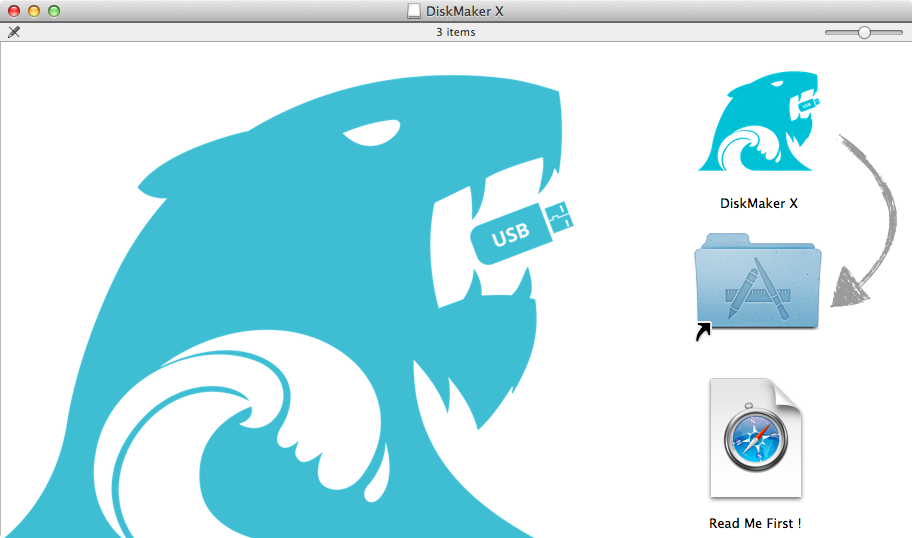

- Create a boot usb for mac os x yosemite in windows how to#
- Create a boot usb for mac os x yosemite in windows install#
Create a boot usb for mac os x yosemite in windows install#
When Terminal says that it's done, the volume will have the same name as the installer you downloaded, such as Install macOS Big Sur. After the volume is erased, you may see an alert that Terminal would like to access files on a removable volume. Terminal shows the progress as the volume is erased. When prompted, type Y to confirm that you want to erase the volume, then press Return. 
Create a boot usb for mac os x yosemite in windows how to#
How to quickly create a macOS bootable USB on Windows 10.

Terminal doesn't show any characters as you type your password. Mac OS X Yosemite version OS X El Capitan version It is the successor to OS X Yosemite and.
When prompted, type your administrator password and press Return again. After that transmac will create bootable mac os usb within few minutes. Go ahead and launch the diskmaker x 6 after that select a version of operating systems like yosemite el. To boot from the disk you need to hold down the option key when you hear the boot chime. * If your Mac is using macOS Sierra or earlier, include the -applicationpath argument and installer path, similar to the way this is done in the command for El Capitan. Create bootable usb mac disk utility in windows. Sudo /Applications/Install\ OS\ X\ El\ Capitan.app/Contents/Resources/createinstallmedia -volume /Volumes/ MyVolume -applicationpath /Applications/Install\ OS\ X\ El\ Capitan.app Sudo /Applications/Install\ macOS\ High\ Sierra.app/Contents/Resources/createinstallmedia -volume /Volumes/ MyVolume Sudo /Applications/Install\ macOS\ Mojave.app/Contents/Resources/createinstallmedia -volume /Volumes/ MyVolume Sudo /Applications/Install\ macOS\ Catalina.app/Contents/Resources/createinstallmedia -volume /Volumes/ MyVolume After the USB flash drive is inserted into the. Sudo /Applications/Install\ macOS\ Big\ Sur.app/Contents/Resources/createinstallmedia -volume /Volumes/ MyVolume Linux USB Boot Process Confirm the BIOS boot sequence lists the USB drive first, or make that change as needed. If it has a different name, replace MyVolume in these commands with the name of your volume. These assume that the installer is in your Applications folder, and MyVolume is the name of the USB flash drive or other volume you're using. Type or paste one of the following commands in Terminal. Open Terminal, which is in the Utilities folder of your Applications folder. Connect the USB flash drive or other volume that you're using for the bootable installer.







 0 kommentar(er)
0 kommentar(er)
